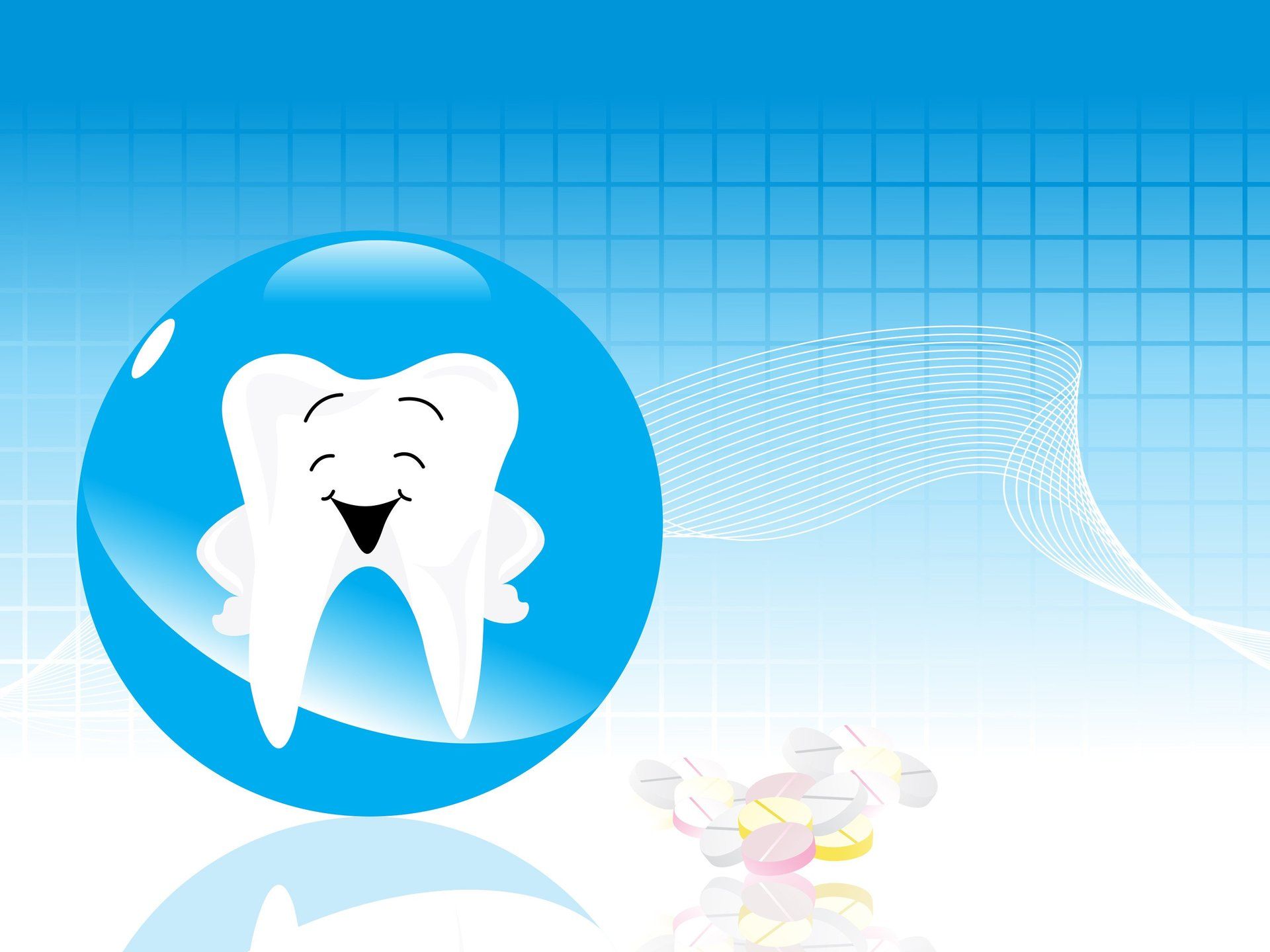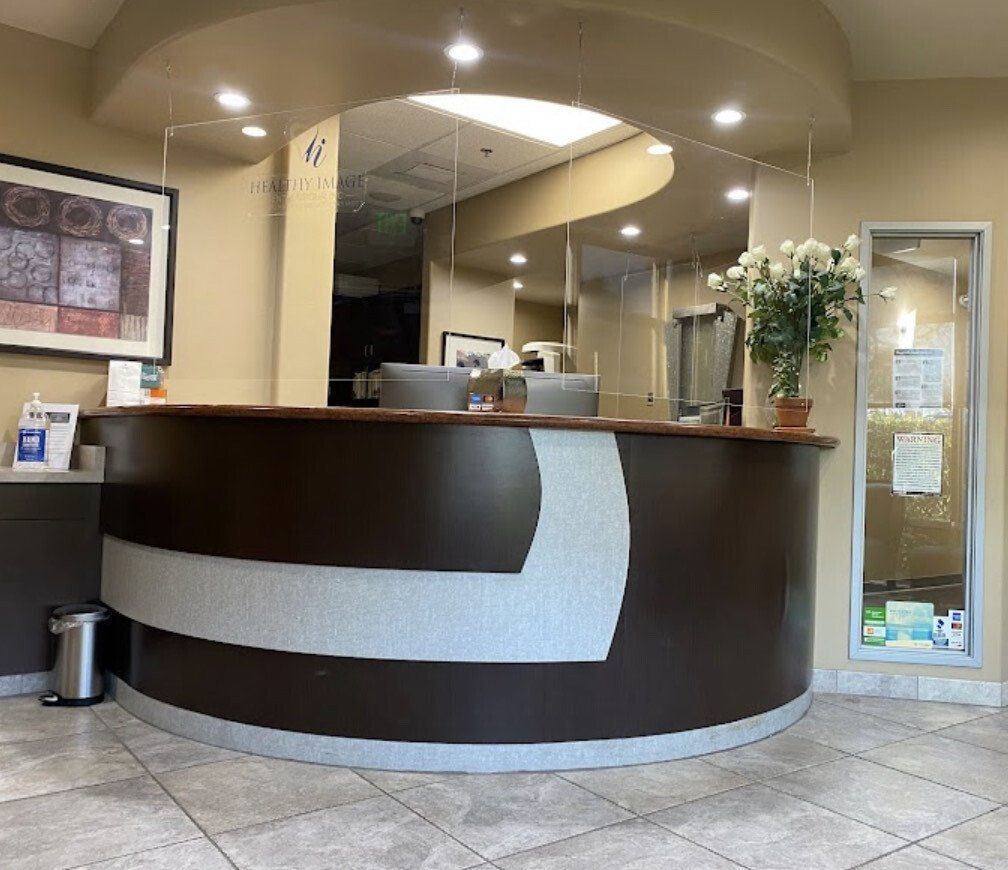What You Need to Know About Dental Insurance
- By Dr. Sindy F.
- •
- 01 Jan, 2018

Dental insurance, like health insurance, pays a portion of the costs associated with dental care. Also like health insurance, dental insurance can be a confusing maze of options.
Most if not all individual plans pay very little, have low annual caps, and have very long waiting periods before most procedures are covered at all. Generally speaking, we do not recommend our patient purchase individual dental insurance plans. We have found they usually come out ahead financially by simply putting what their premium would have been into a savings account and “self-insuring” their dental care.
Dental Insurance
Types of Dental Insurance
Dental insurance is offered in three different forms, with a fourth non-insurance option also available. Which type to choose depends on your individual situation.
Dental HMO: If you choose a dental HMO (health maintenance organization), your insurance will pay only for those dentists who are part of the network. Out of network dental care may (or may not) be covered in an emergency, but all of your regular care must be provided within the network.
This is often the least expensive alternative, and can be a great choice if you have a dentist that you like and trust who happens to be part of the network. However, if your preferred dentist is out of network, or if you travel frequently, you will probably find that a dental HMO is too restrictive. Due to their restrictions and low reimbursement rates we are not members of any HMO plans.
Dental PPO: A dental PPO (preferred provider organization) is something like a less-restrictive HMO. You can visit whatever dentist you choose, whether or not that dentist is part of your network. However, you will pay less when using an in-network dentist.
This is a moderately-priced option that fits the way many people use dentists. You can select someone in-network for your regular dental care, but have the freedom to see someone else when traveling, or for services that your regular dentist does not provide. We are members of several PPO organizations.
Dental Indemnity: Dental indemnity is the most expensive option, but can be an excellent choice for those who travel frequently or whose preferred dentist is not part of a network. With this type of plan, you are free to see any dentist you like, provided that the dentist is willing to accept the insurance. Most dental indemnity plans cover services only in the United States, although some will cover border towns in Mexico and Canada as well.
Dental Discount Plan: Although it is not actual insurance, a dental discount plan can save you some money at the dentist’s office. You must choose a dentist who accepts the plan, but you will receive all of your dental care at negotiated discount rates. Dental discount plans cost only a few dollars per month, and can be combined with insurance coverage, making them a great option for those whose preferred dentist accepts their plan.
Types of Services
Dental insurance divides covered services into three categories: preventive, basic, and major. There is a heavy emphasis on preventive care, which tends to be covered at a much higher percentage than basic or major services. In addition, many dental insurance companies have loyalty incentives, in which each category of services is covered at a higher percentage after the first year.
Preventive care includes such services as cleanings, exams, and X-rays. The goal is to prevent dental issues before they begin. Preventive care is normally covered right away, at 80 to 100 percent of the total cost, and is almost always covered at 100 percent by the second year.
Basic care includes fillings, root canals, and other services to save a tooth. Basic care may be covered right away, or there may be a 6 to 12 month waiting period. Basic care is typically covered at 80 percent, depending on the insurer and how long you have been insured.
Major care includes crowns, bridges, dentures, and other major restorations. A few insurers cover it right away, at around 25 percent, but a waiting period of 12 to 18 months is far more common. Major care is generally covered at 50 percent after the first year.Exclusions and Limitations
Certain services, such as orthodontics and dental implants, are handled differently by different dental insurance companies. Some consider these to be major services and cover them accordingly. Some do not cover them at all. Some cover them only for minors. Some categorize them separately, with separate annual and lifetime maximums. If you suspect that you or a family member will need these services, be sure to read the fine print before signing up.
As a general rule, dental insurance is governed by annual maximums, often in the range of $1000 to $1500 per year. Any dental work over that cost is at your own expense. A few companies will cover as much as $3500 per year in exchange for a higher monthly premium, so if you need extensive dental work, choose a company with a higher cap.
All dental insurance companies, except discount plans, have annual and lifetime limits on specific services. For example, you might be eligible for two cleanings per year and one set of dentures every 10 years. Read your policy carefully for details.Direct Pay vs. Reimbursement
Teeth grinding, or bruxism, is exceptionally common. It often happens during sleep, as a rhythmic clenching and contraction of the jaw. It also happens during the day, especially when concentrating hard, lifting heavy objects, or even driving. You might be entirely unaware that you are grinding your teeth, or you might know but feel powerless to stop it. Here is what you should know about this painful and tooth-damaging condition.
Symptoms
The symptoms of bruxism often mirror those of TMJD (temporomandibular joint disorder). In fact, teeth grinding and TMJD are often linked. Not everyone experiences bruxism in the same way, but most will have some or all of the following symptoms:
Headaches
Sore teeth or gums
Jaw pain
Enlarged facial muscles
Stiff shoulders or neck
Earaches
Sleep problems
Unusually worn teeth
Chipped or fractured teeth
Loss of tooth enamel
Causes
There is also a strong link between snoring, sleep apnea, and teeth grinding, although it is not yet clear which disorder might be the root cause. Bruxism is also more common in those with depression, smokers, and heavy users of alcohol or caffeine.
Risks
The biggest risk from grinding is the damage that grinding causes to the teeth. Repetitively pushing your teeth together weakens them, greatly increasing the chances for broken or even lost teeth. It also damages the enamel, putting you at higher risk for decay.
Grinding your teeth is also hard on your jaw. Over time, it can cause pain and even inflammation of the temporomandibular joint, making it difficult to chew or even fully open and close your mouth. Although teeth grinding has not been shown to cause TMJD, over time, it can cause you to develop TMJD-like symptoms.
Treatment Options
It is also important to protect your teeth and jaw from the effects of grinding. This is usually done with the use of an occlusal appliance. These come in many different forms and have many different names, such as bite guards, night guards, and bite plates. Regardless, the device is a custom-made plastic appliance that you place over your teeth at night to cushion and protect them.
Another type of appliance, known as a mandibular advancement device, may be prescribed when sleep apnea is the suspected cause of grinding. This is also a custom-made plastic appliance, but it is specifically designed to bring the lower jaw forward during sleep. This prevents the airway from collapsing due to sleep apnea, while simultaneously protecting the teeth.
Behavior management can also be highly useful in treating teeth grinding, particularly if stress is a factor. Meditation, relaxation exercises, increased cognitive awareness of the grinding behavior, and other techniques can help you learn to stop grinding. In many cases, behavior management and occlusal appliances are used together to enhance the benefits.
Teeth grinding, or bruxism, is a common but risky habit that can eventually wear down your teeth and jaws. It is important to determine and treat the root cause, while simultaneously protecting your mouth. If you notice any symptoms of teeth grinding, let your dentist know right away. With prompt attention, you can escape the potential trauma of worn or missing teeth and a chronically painful jaw.
*CLOSED FOR LUNCH
12:00 PM - 1:00 PM
916.786.6431
| HOURS OF | OPERATION |
|---|---|
| Monday | 8:00 am - 5:00 pm |
| Tuesday | 8:00 am - 5:00 pm |
| Wednesday | 8:00 am - 5:00 pm |
| Thursday | 8:00 am - 5:00 pm |
| Friday | APPOINTMENT ONLY |
| Saturday | CLOSED |
| Sunday | CLOSED |

OUR LOCATION
576 N. Sunrise Ave Suite 140 Roseville, CA 95661
Healthy Image Dental Group, Inc.
576 North Sunrise Avenue Suite 140
Roseville, CA 95661
Office (916) 786.6431
Email: healthyimagedentalgroup@gmail.com
Copyright ©2024 Healthy Image Dental Group, Inc. All Rights Reserved. Designed by Beautiful Site Designz
